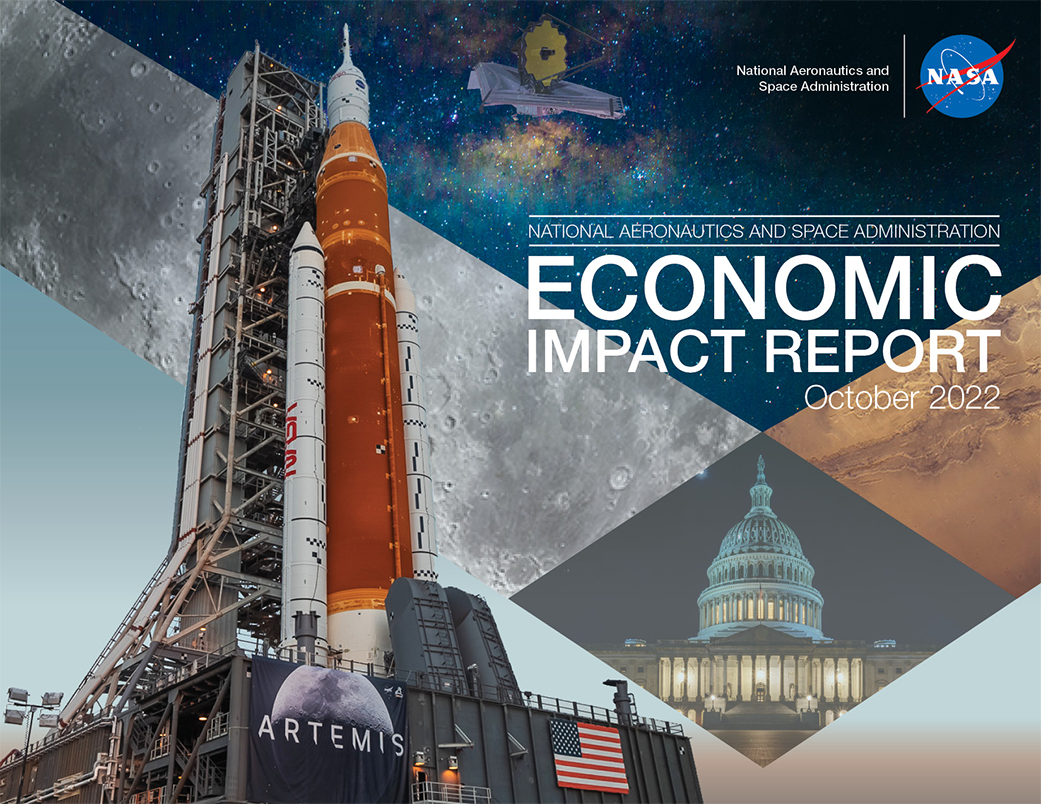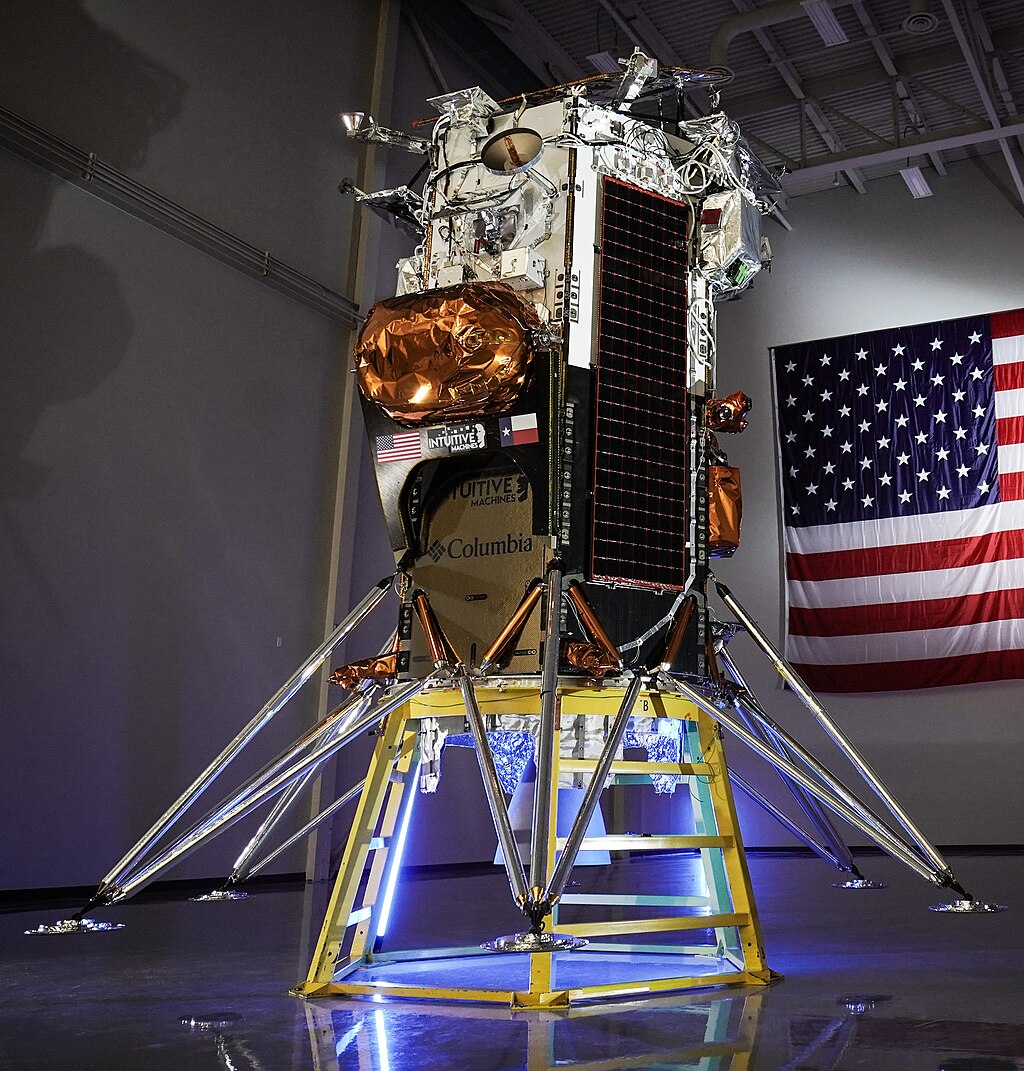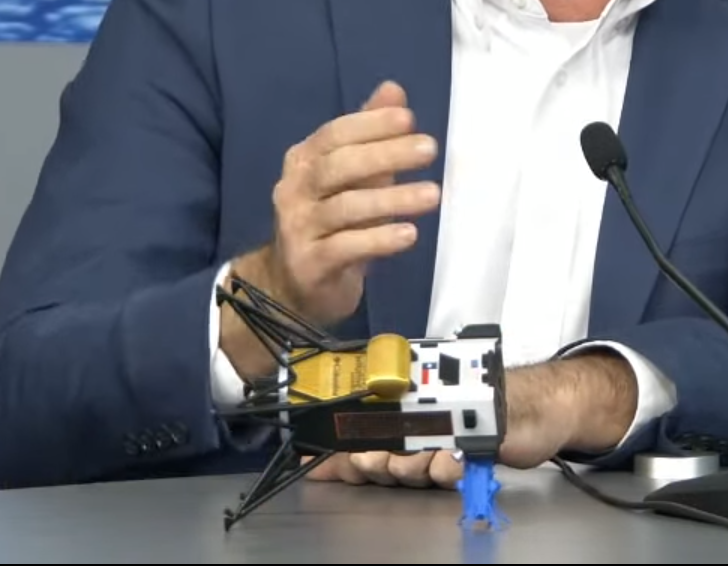For every dollar spent on Apollo—you got a 7-10 buck return. NASA generated 71 billion
Editor's note: NASA updated this release July 6, 2023, to included updated dollar amounts with tax revenue for the agency’s impact.NASA released the results

www.nasa.gov
The Dubya tax cut?
Keynes works for space at least.
But the real answer is soft power.
When Arty II flies Americans back to the Moon—it will be in spite of the Lori Garver obstructionists of the world—-not because of them.
The biggest waste in government spending was Lori Garver’s paychecks.
Apollo was in an era where NASA and American industry had to develop everything from scratch. The SLS and Orion are doing nothing fundamentally new, are deliberately using older propulsion (which is always the long pole in development), and will not, themselves, enable any new lines of economic or scientific activity, except incidentally at best. Bush's tax cuts have no relevance to the discussion. Neither does Keynesian economics. CLPS is a far better example of something actually worthwhile that NASA is doing.
Going back to my avatar of indifference: okay, but I don't care. Who is Lori Garver? Why does anything she said or did matter? What does it matter to me if we land on the Moon? I don't get to go, and from what I hear it's a billion dollars or more for every astronaut who does. Putting people back on the Moon doesn't mean squat to me, it doesn't improve the power grid, grow food, improve education, lessen crime, help the national defense, or do anything but keep a bunch of white-collar people on what looks like to me well-paid welfare. If that's the best use of NASA's budget, shut the agency down, I say, or at least end Artemis. Leave space to the private sector, who at least isn't spending my tax dollars lining the pockets of Boeing and Lockheed's CEOs.
(Keep in mind that I know exactly who Garver is, publiusr. I'm playing devil's advocate. You're arguing minutiae that might be important to people who actually care about spaceflight, but someone who doesn't pay attention to space except in the broadest terms will neither know nor care, and will blow you off as being irrelevant at best, and disconnected from reality at worst, because you're bringing up internal squabbles to justify your position.)



